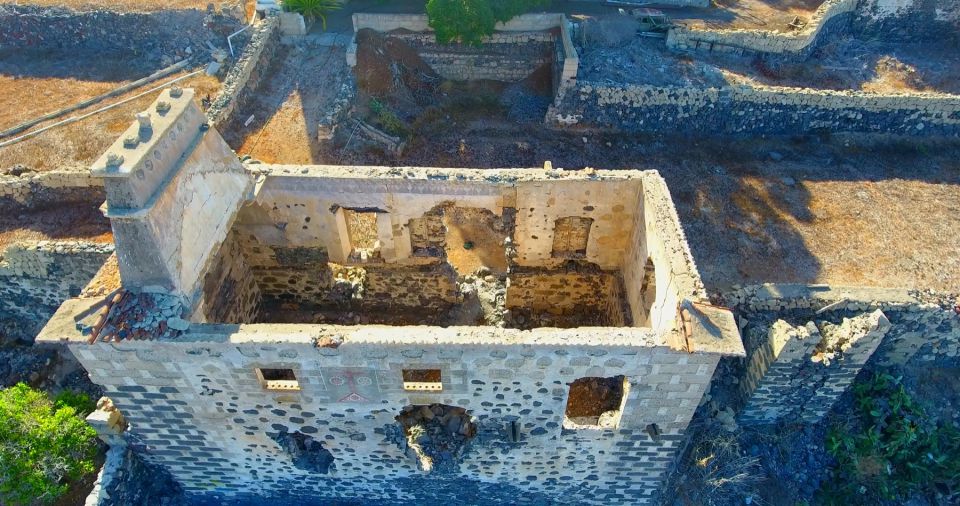The procedures seek to guarantee structural and legal security to protect and recover the entire complex, which is classified as an Asset of Cultural Interest
At today’s plenary session of the Adeje Council the expropriation of the land adjacent to the Casa Fuerte (Fort House) in the town was approved. The sitting also approved the justification for this procedure, which comes in addition to the one began in May 2022 where the expropriation of this property , declared as an Asset of Cultural Interest (BIC) in 1986 and which is located in the historic centre of Adeje town, began.
Adeje mayor, José Miguel Rodríguez Fraga, commented, “a year ago we began this process, which is part of the recovery of the historical centre of Adeje, which includes the Casa Fuerte, a very important part of the town, something we wish to recover and work to conserve for future generations to enjoy”.
The expropriation of the adjoining land has been negotiated with the owners who have acknowledged the need to transfer the assets to the Adeje council who undertake to pay for the land, and pay for the works considered necessary for its use in the future by the public.
Both the Casa Fuerte and the surrounds are an important legacy for the borough, not only because of the historical significance of this place, the role it played in the development of local society in Adeje, but also because the council consider that this is a key part of the future of the historic centre of the borough, which includes the Plaza de España, the Calle Grande, the new Adeje Auditorium, the town hall, the Convento and the Barranco del Infierno
Future plans
Adeje council has planned a semi-pedestrianisation of Calle Grande. The goal is to promote easier movement between different parts of the borough so that residents and visitors can visit the tourist zone and town with greater ease. This is turn will lead more people knowing the history and culture of the borough, diversification of the economy and increased employment opportunities.
Regarding the Casa Fuerte, plans will respect the original design as much as is possible, under international heritage preservation and restoration norms. This in turn will create, the council believes, a point of interest for visitors.
Reason for rescue
The rescue of the Casa Fuerte is considered important given the evident deterioration and state of ruin of this historic property, both by the passage of time and by other occurrences which have included the collapse of walls, and graffiti.
The technical report warned of the need for urgent action before "the damage is irreversible" and details innumerable imperfections and damage to the structure that include roof collapses, deterioration of original stonework and the subsequent loss of iconic symbols that are of historic and artistic value. The council has also stated that it has been forced to proceed with expropriation measures (Spanish law, 16/12/1954), having failed to arrive at an agreement with the different parties that inherited the Casa Fuerte.
History of the Casa Fuerte
In 1553, Pedro Ponte requested, from the Spanish Crown, permission to build a fort to defend the area from the continuous pirate raids that ravaged the coast of Adeje. In 1555, it was authorised and in 1556 a structure was built that, for the following three centuries, became the political, economic and social centre of the jurisdiction of Adeje, under the regime of the Ponte family.
This was a fortified residence, a mixture of country house and fort, occupying an area of 7,200 m2. There was a castle and keep, warehouses, barns, stables, a blacksmith, a bakery, ovens, housing for servants and for administrators, an oratory and the main palace. According to the French naturalist Berthelot "the most important room is the Archives Room", which had four large cabinets full of documents, defined by the historian Viera y Clavijo as "the Treasure of the Canary Islands".
The Casa Fuerte, at 466 years old, is a concrete mark of the history of the colonisation of the southwest of Tenerife. This property was the economic centre of the area in which economic activities of various types were practised at different times, from agricultural to livestock, through others of an extractive and transformative nature.
